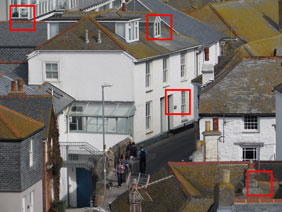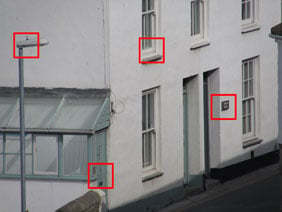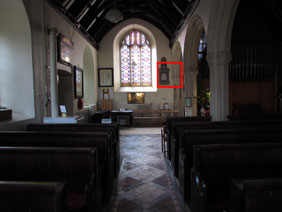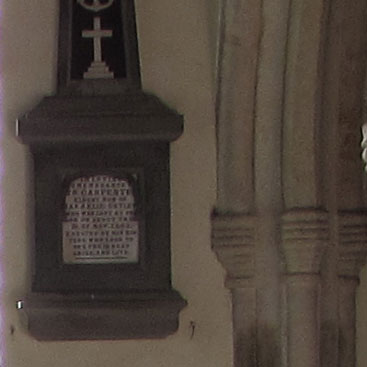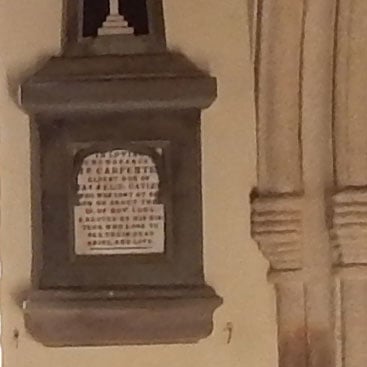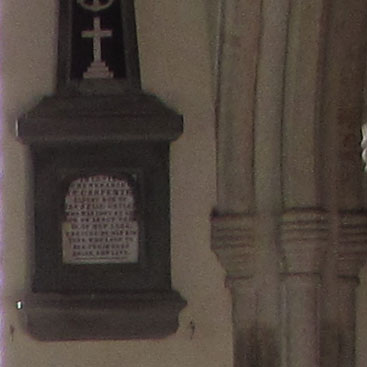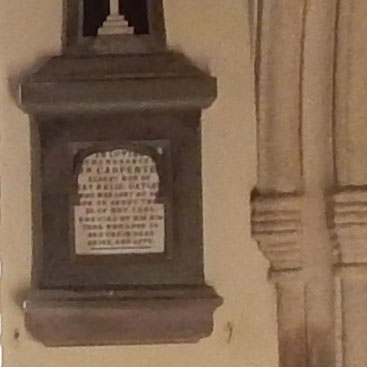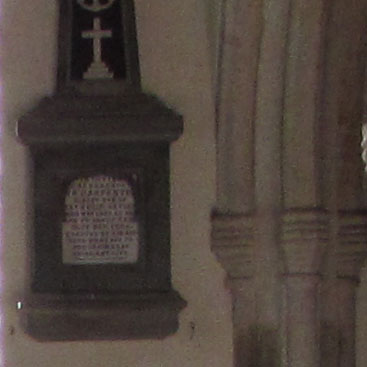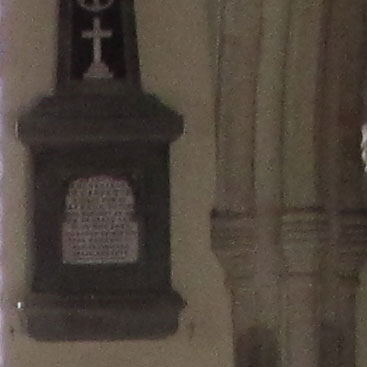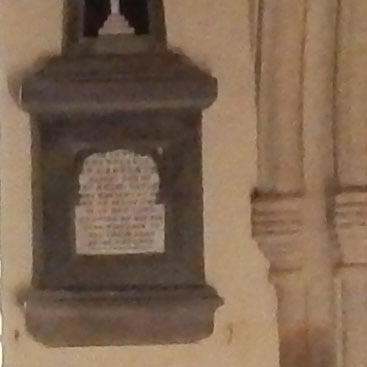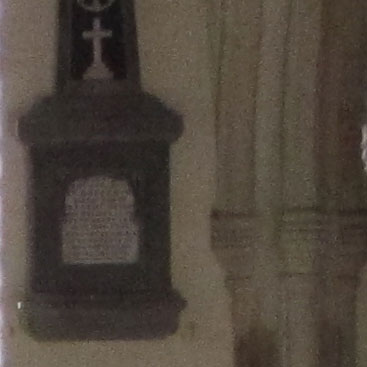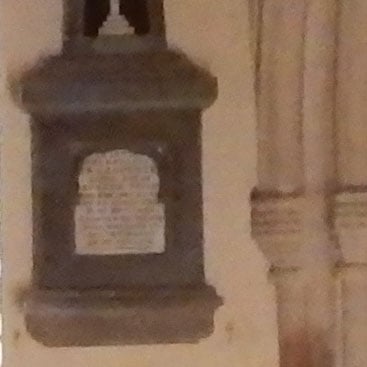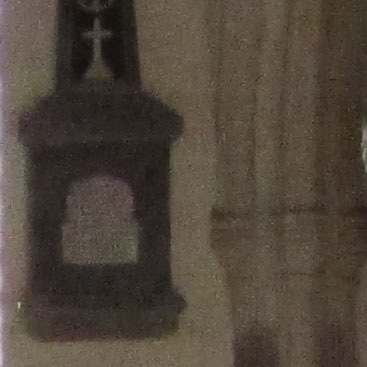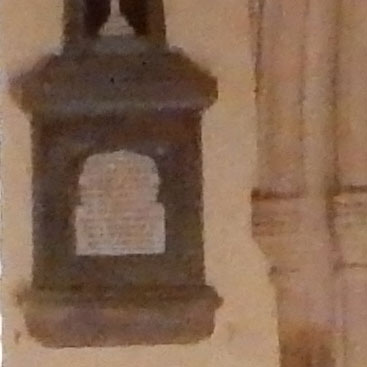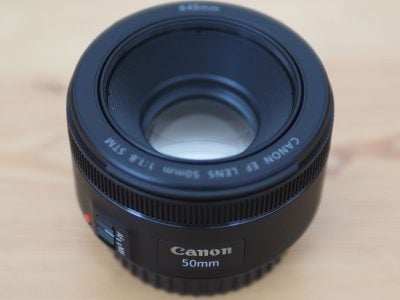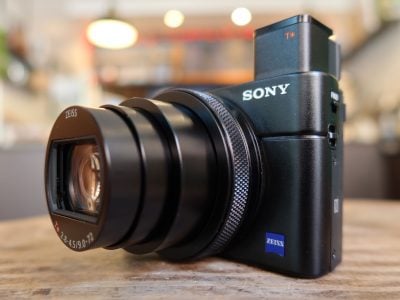Canon PowerShot SX510 HS review
-
-
Written by Ken McMahon
Quality
Canon SX510 HS vs Nikon COOLPIX L820 Quality
|
Canon PowerShot SX510 HS |
Nikon COOLPIX L820 | |
 |  | |
f4, 80 ISO |
f6.1, 125 ISO | |
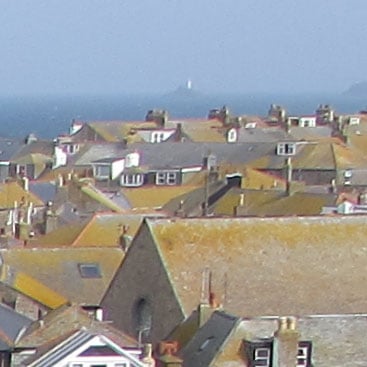 | 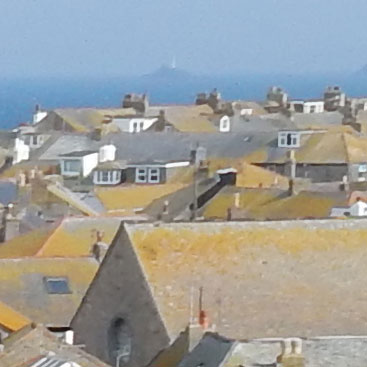 | |
f4, 80 ISO |
f6.1, 125 ISO | |
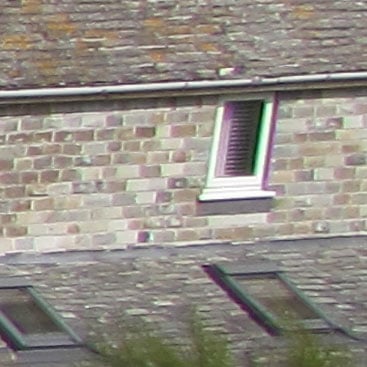 | 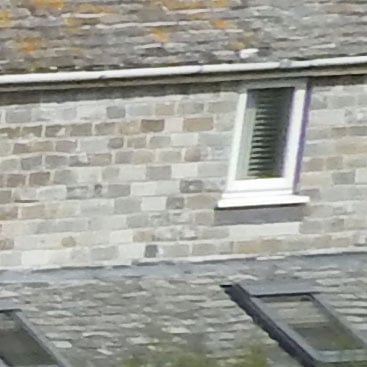 | |
f4, 80 ISO |
f6.1, 125 ISO | |
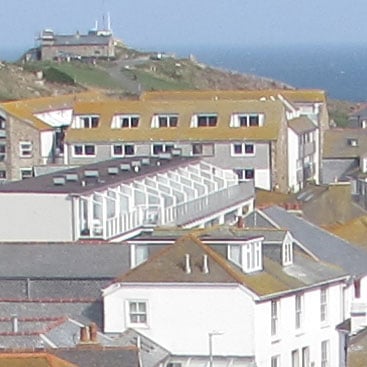 | 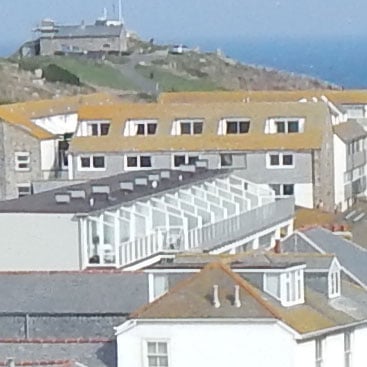 | |
f4, 80 ISO |
f6.1, 125 ISO |
Canon PowerShot SX510 HS vs Nikon COOLPIX L820 quality at around 250mm
For this next test I zoomed both cameras in to an equivalent focal length of around 250mm. Still in Program auto mode at the base 80 ISO setting, the PowerShot SX510 HS selected 1/500 at f5.6. The COOLPIX L820 chose an exposure of 1/1000 at f5.6 at 125 ISO. As usual, the crops are taken from the areas marked by the red rectangles.
At this focal length, about a third of the way into the zoom range, the first three crops are taken from close to the edge of the frame. The most noticeable diffeence between these and the wide angle crops is that the lens doesn’t have nearly as much of a problem with chromatic aberration when zoomed in. There’s no evidence of colour fringing and even the detail in crops one and three from the very corners of the frame is reasonably sharp. The final crop from closer to the middle of the frame is a tiny bit sharper, but overall the 24-720mm lens produces very consistent results at this focal length.
By comparison, the crops from the Nikon COOLPIX L820 look a little soft and the detail looks clumpy. Possibly the 16 Megapixel sensor in the COOLPIX L820 is producing a little more noise, or possibly it’s to do with compression, whatever the reason, you can see more detail in all of the PowerShot SX510 HS crops.
Scroll down for more results at the longest focal lengths, or head over to my Canon SX510 HS noise results.
Canon PowerShot SX510 HS |
Nikon COOLPIX L820 | |
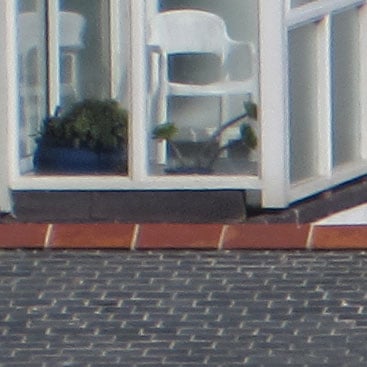 | 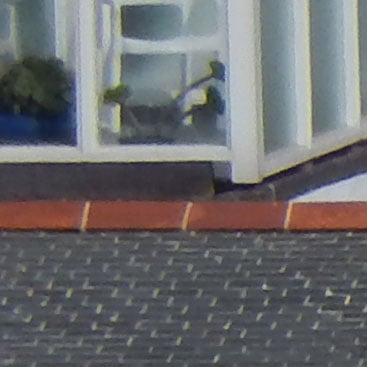 | |
f5.6, 80 ISO |
f5.6, 125 ISO | |
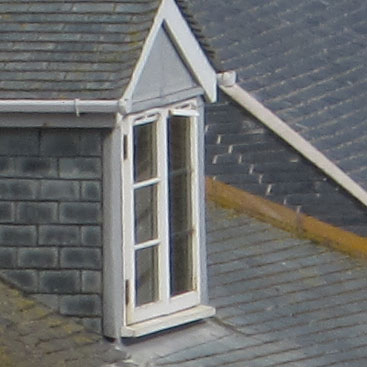 | 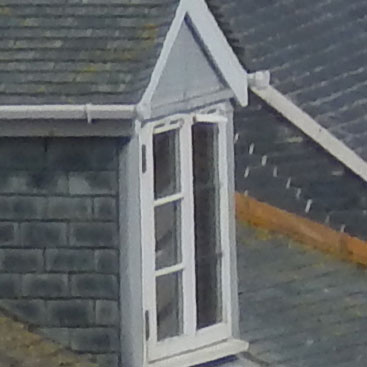 | |
f5.6, 80 ISO |
f5.6, 125 ISO | |
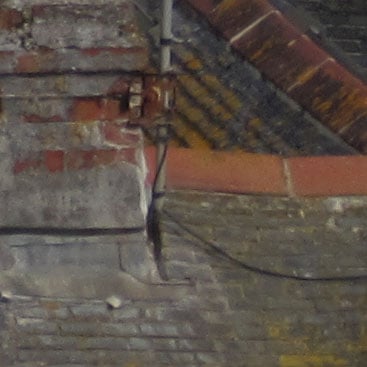 | 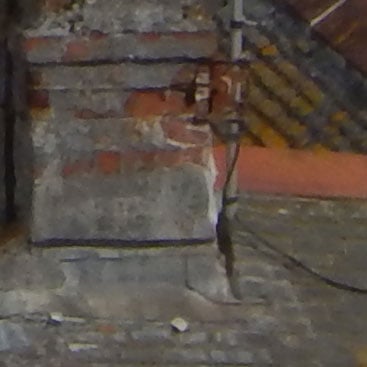 | |
f5.6, 80 ISO |
f5.6, 125 ISO | |
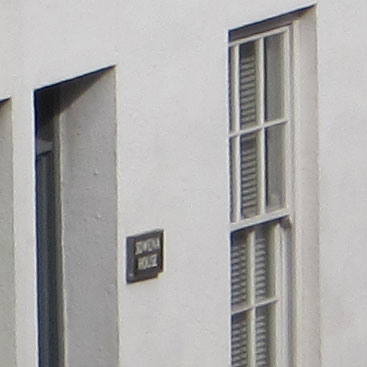 | 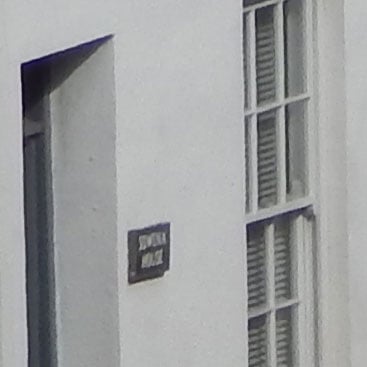 | |
f5.6, 80 ISO |
f5.6, 125 ISO |
Canon PowerShot SX510 HS vs Nikon COOLPIX L820 quality at maximum zoom
For this final test I zoomed both cameras in to their maximum focal length. Again, the exposure was left in Program auto mode with both models using their maximum available apertures of f5.8. As usual, the crops are taken from the areas marked by the red rectangles.
What’s interesting here is that the chromatic aberration is back with a vengeance on the PowerShot SX510 HS at the 720mm maximum telephoto focal length. With the exception of the second crop, there’s colour fringing everywhere, though it’s worse on the two crops from closer to the frame edge. That aside, the lens peforms very well and here, as in the crops at the other focal lengths the fine detail is well resolved and the edges are nice and sharp. Overall, I’d say this is a great result for the SX510 HS, particularly the sensor, slightly let down by the chromatic aberration at the extremes of the zoom range.
The Nikon COOLPIX L820 has a maximum telephoto focal length that, at 675mm is slightly shorter then the PowerShot SX510 HS. That compensates for the higher resolution of the sensor, so in these comparisons the crop area is roughly the same. The COOLPIX L820’s lens is a little better behaved than the PowerShot SX510 HS’s and there’s no evidence of chromatic aberration. But the sensor performance isn’t going to change with the focal length of the lens and there’s the same clumpiness to the pixels which is obscuring the finer detail.
Now see how these models compare at higher sensitivities in my Canon SX510 HS Noise results.
Canon PowerShot SX510 HS |
Nikon COOLPIX L820 | |
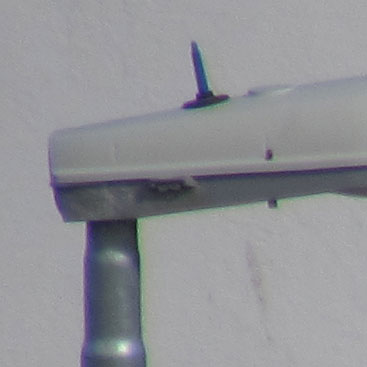 | 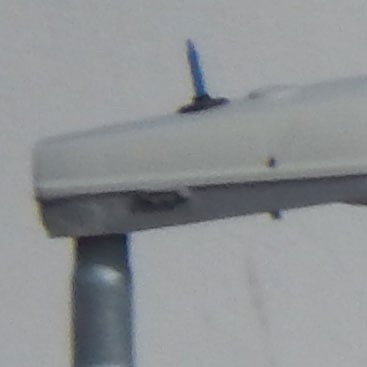 | |
f5.8, 80 ISO |
f5.8, 125 ISO | |
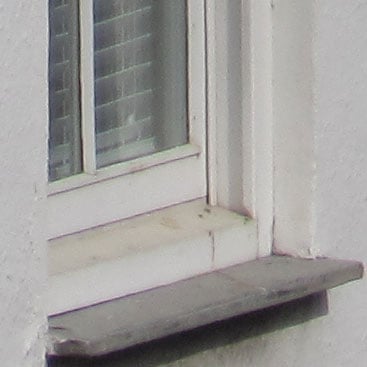 | 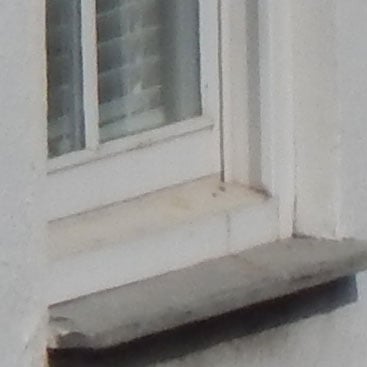 | |
f5.8, 80 ISO |
f5.8, 125 ISO | |
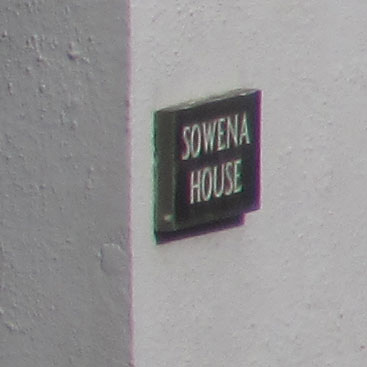 | 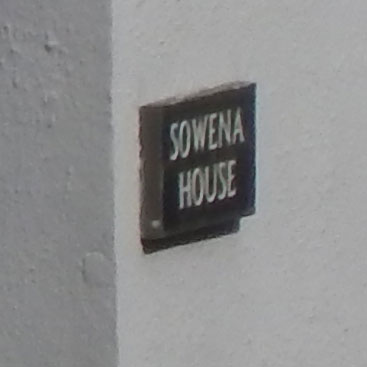 | |
f5.8, 80 ISO |
f5.8, 125 ISO | |
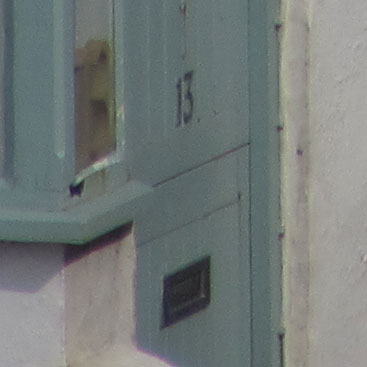 | 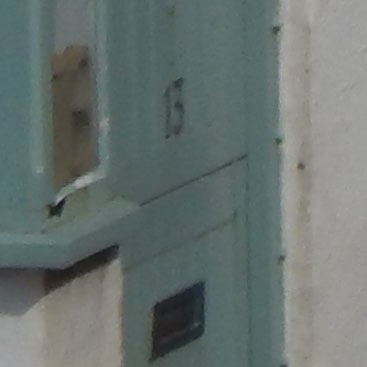 | |
f5.8, 80 ISO |
f5.8, 125 ISO |
Canon SX510 HS vs Nikon COOLPIX L820 Noise
The above shot was taken with the Canon PowerShot SX510 HS. The lens was set to the maximum 24mm wide angle position and the Nikon COOLPIX L820, with which I’ve compared it here, was zoomed in slightly to give an equivalent field of view. Image stabilisation was disabled for this tripod-mounted test. In Program Auto mode the PowerShot SX510 HS chose an exposure of 1/8s at f3.4 at 80 ISO and at its base 125 ISO sensitivity the Nikon COOLPIX L820 metered 1/15 at f3.1 At its base 80 ISO setting the CMOS sensor in the PowerShot SX510 HS produces reasonably clean and detailed results, but they’re not noise-free and at 100 percent view you can make out textures in the flat wall. The noise is more visible in the 100 ISO crop so it’s worth sticking with the base 80 ISO setting for best quality results, particularly if you plan on making big prints. At 200 ISO there’s another visible jump in the noise levels with purple and green patches appearing as the colour noise increases. At 400 ISO the noise and the processing to minimise it is making the image look bitty and the 800 ISO crop has the typical salt and pepper appearance of high ISO noise. But while a full size print at 800 ISO won’t look great, at smaller sizes it’ll be perfectly passable. By 1600 ISO the noise really is gaining the upper hand, though, and even medium sized detail is losing out to it. 3200 ISO is a worthwhile bet for must have low-light shots, but looks fairly grotty, even at smaller screen sizes. Ignoring the warm white balance of the COOLPIX L820 crops, the PowerShot SX510 HS crops actually look noisier. I’ve put the base 125 ISO crop from the COOLPIX L810 alongside the 100 ISO crop from the PowerShot SX50 HS but you should be comparing it with the latter’s base 80 ISO crop as these are their respective base sensitivities. Even so, there’s less texture in the wall in the Nikon crop and if you compare the 200 ISO crops, here too the flat areas of colour in the COOLPIX L810 crop are less textured. But there’s less fine detail in the L820 crops too and they look softer. I think what we’re seeing here is more aggressive noise processing on the COOPIX L810. If you compare the 800 ISO crops, there’s a lot less noise and none of the bittiness in the COOLPIX L810 crop, but the detail is clumped and you can’t make out anywhere as much detail in the text panel as in the PowerShot SX510 HS crop. On balance, I’d say the PowerShot SX510 HS, with more noise, but more detail too, is a better result. That certainly proved to be the case in the outdoor test and I think it also applies higher up the senstitvity range. Now head over to my Canon SX510 HS sample images to see some more real-life shots in a variety of conditions, or head straight for my verdict.
|
